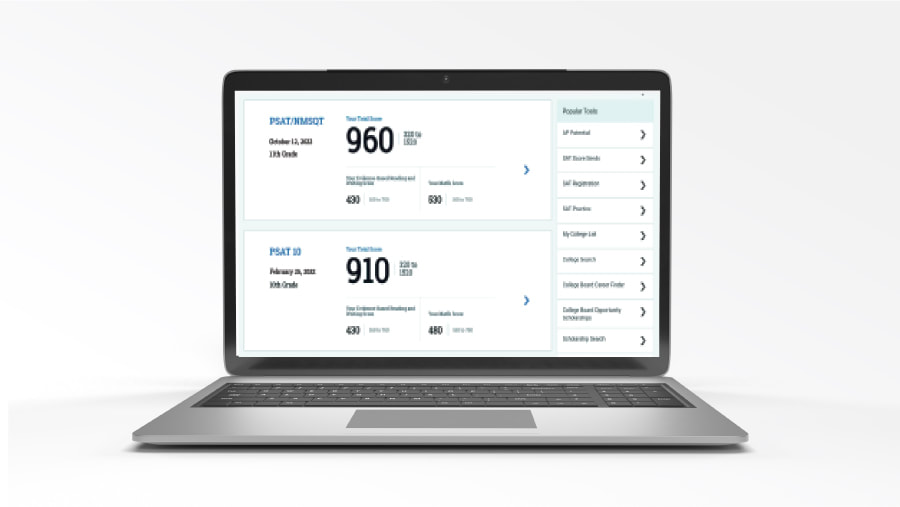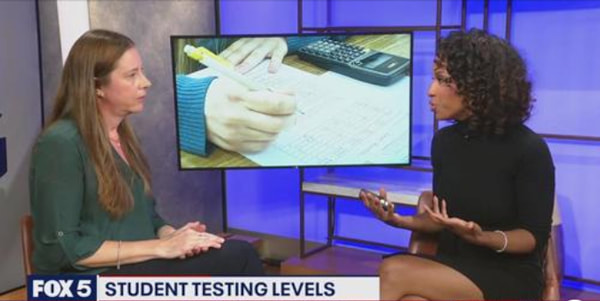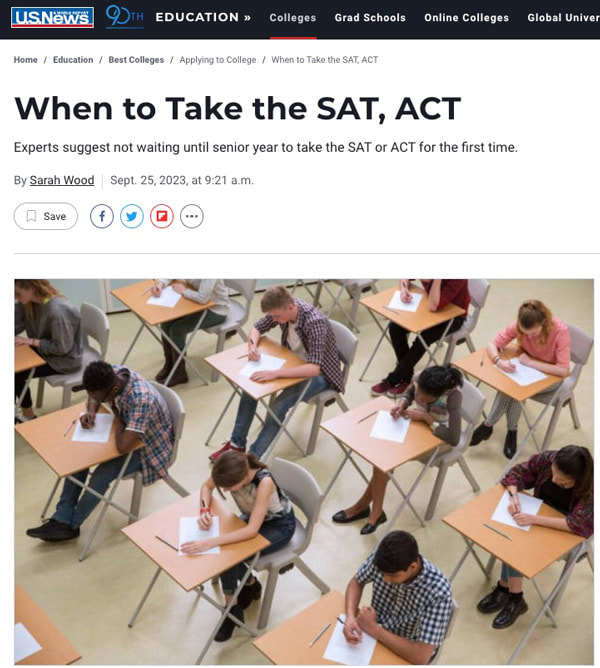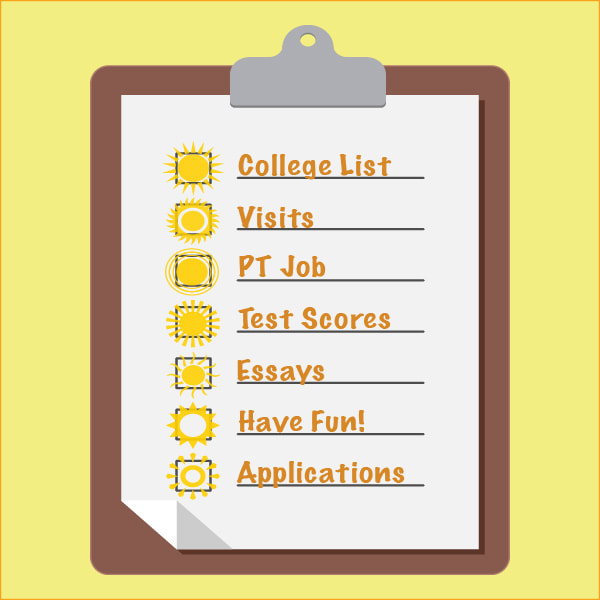|
Since 2020, the percentage of high school seniors submitting admissions test scores from the ACT or SAT as part of their college applications has dropped to just under 50% in 2023 as most schools adopted “test-optional” policies.
While test optional policies have empowered students to control more of their own destiny, they have also created a confusing landscape where families struggle to understand what “test optional” really means within the context of each school. While some schools embraced the new position, many just used the label and continued to prioritize applicants with scores, but few were transparent about their exact position or what they really wanted.
0 Comments
Ahead of the digital SAT launch in 2024, the Preliminary SAT, or PSAT, has gone digital in the United States with the October 2023 test, presenting students with a completely new format and scoring structure from prior versions and featuring a shortened testing time with fewer questions.
ACT recently reported that the average U.S. score on its college admissions test continued a multi-year decline, and overall, more students are not meeting the minimum benchmarks for success at a four-year college.
Our director Ann Derryberry recently talked with Fox5DC about the drop and ways families can prepare for admissions testing and overall academic success. One of the most common questions we answer from families is when the student should plan to take their first college admissions test, whether it be an SAT or ACT. Recently, our director Ann Derryberry spoke to U.S. News & World Report on the topic.
Despite the prevailing headlines that most schools have gone test optional and college admissions tests are no longer required, the truth is that taking a college admissions test, whether an ACT or SAT, and submitting the results with their applications will probably help most students who are considering applying to a school with any selectivity.
While visiting every college on a student’s list of schools would be ideal, the truth is most students do not or cannot visit every (or even any) schools before they decide where to apply and attend. Fortunately, college admissions staffs have worked diligently to help expand access to their schools in recent years because of pandemic travel restrictions.
Students for whom traveling is problematic can also benefit from an array of online and in-person options to fill in the details that an in-person visit would provide. While never a complete substitute for smelling the cafeteria and walking the pavement of a quad, the multitude of resources available to today’s applicants can certainly get every student close to the action and able to learn deeply about most schools of interest without ever leaving home. Our recent college admissions information night focused on summer to-dos for rising juniors and seniors.
With the start of Spring Break, many families of high school juniors will be swapping or combining vacation travel with college visits in the weeks and months ahead, especially since this spring marks the first return to regular touring and visiting opportunities at most colleges in several years.
Whether you are headed on a focused trip or just planning to hit a few campuses along the way, it helps to go prepared. We have compiled our favorite tips for making the most of your time and some questions for you to consider and ask on your tours. Since March, the college admissions test process has become a string of hits and misses for students, test providers of the ACT and SAT, and colleges trying to inject equity into a chaotic admissions process. Many seniors were ultimately unable to test or decided that the effort was not worth it. With senior testing now complete, test capacity should open up for juniors who have been unable to test so far. With that in mind, those juniors planning to test in the first half of 2021 should prepare now to ensure their test plan succeeds.
The college admissions test companies continue to struggle with providing access to testing across the country. With many members of the Class of 2021 still lacking scores and the Class of 2022 gearing up to test this fall, the pressure is on for testing to be widely and safely available.
The companies are responding to the crisis with mixed results so far, but both are promising to deliver more testing capacity this fall and winter. |
AuthorAnn Derryberry Archives
March 2024
Categories
All
|
Telephone |
© 2024 Everest Tutors & Test Prep | All Rights Reserved











 RSS Feed
RSS Feed